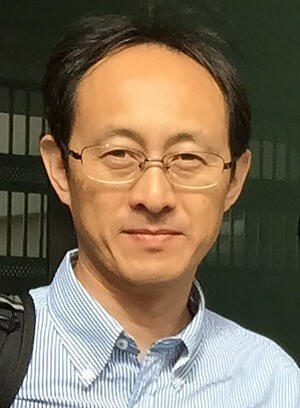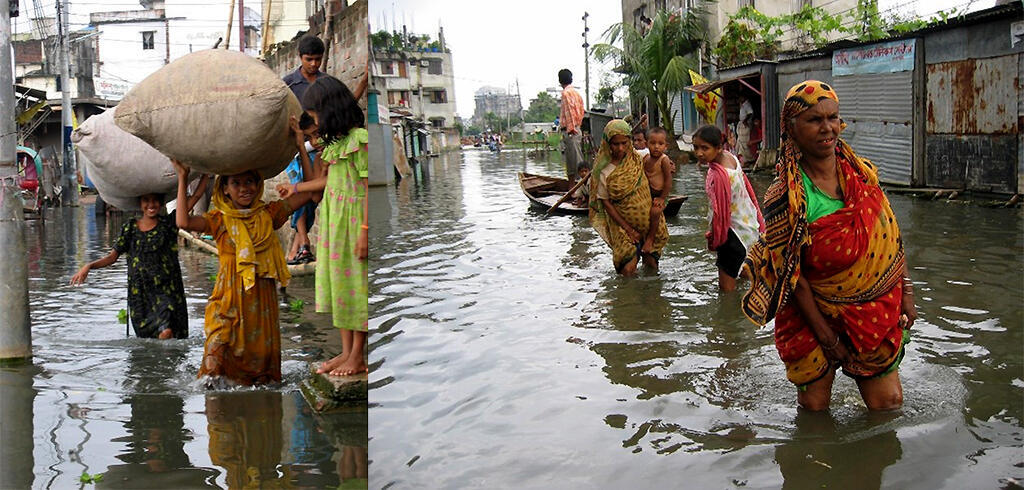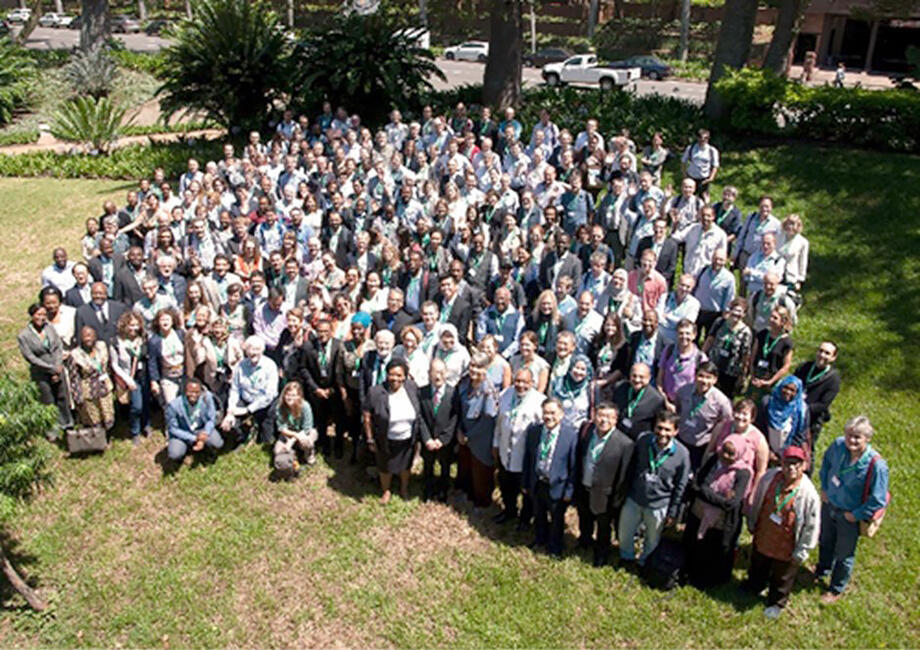As the world is in the throes of a global climate crisis, the factors that moderate the environment and maintain conditions that keep it ideal for life are in disarray. This drastic change has also adversely affected human health. Dr. Masahiro Hashizume is involved in the field of Environmental epidemiology, which is a study of the health impacts of climate change. Analyzing weather and health data, he was able to find out the incidence of sickness in the city, for instance, the number of deaths in Tokyo per day, or the number of people transported by ambulance, the relation between increase in temperature and rate of deaths, impact of variable rainfall on human diseases and more.
Dr. Masahiro Hashizume is originally a pediatrician by profession. While working in an NICU (an intensive care unit for newborn premature babies), he got interested in health issues and family problems in developing countries and enrolled into a master's program in international health at the University of Tokyo. His work carried him to Kazakhstan in Central Asia and there he encountered the impact of human activities on the Aral Sea, which was shrinking in size. "I was taken for a helicopter ride over the Aral Sea. I was surprised by the extent to which human activities can change nature," recalls Dr. Hashizume. Cotton was grown in the territory and the pesticides used in the process flowed into the water bodies downstream, causing health problems. It led to cancer in children and forced evacuation of fishing villages, making environmental refugees of its residents. "That's when I became interested in the environment and health," Dr. Hashizume reminisces.

(Provided by Dr. Hashizume)
Environment and the pandemic:
Dr. Hashizume studied infectious diseases such as malaria, cholera, dengue and diarrhea in Bangladesh. Right now, as the world fights the novel Coronavirus, Dr. Hashizume weighs in on it based on his research on the relation between environment and epidemic, "It's difficult to draw a single conclusion, although the colder and drier the weather is, the more likely it is that there will be more cases of new coronavirus infections. Of course, there are some research reports that say there is no relation." To understand more of the pandemic, research needs to be carried out using animal models.

(Provided by Dr. Hashizume)
Collaboration to find out the impact of climate change:
He was engaged in a joint research project between Australia and Thailand studying the potential health risks posed by climate change. He suggests that by changing our lifestyles and behavioral patterns, we can reduce the risks, emphasizing on the need for collaboration among more countries. "We are also trying to reach out to researchers from other Asian countries. We are trying to build a network of researchers on this research theme," says Dr. Hashizume. His research carried him to The Philippines, China, India, Indonesia, Malaysia, New Zealand, Singapore, Korea, Sri Lanka, Taiwan, Vietnam, Korea, Sri Lanka, Taiwan, and Vietnam, to collect data not only to assess the impact of climate change but also to find effective countermeasures. He plans to create a database that would make it easier to share data within Asia.

(Provided by Dr. Hashizume)
Exploring heat through statistics:
Dr. Hashizume also uses statistical models to analyze environmental impact of urbanization and heat islands. "As urbanization progresses, heat islands develop. This is an environmental problem," he says. Taking into account these heat island systems is integral to understand the extent to which the heat island effect can be suppressed, and to promote urban greening such as building parks and rooftop greening. This would help to come up with strategies by which heat-related deaths can be reduced.
Pollutants and temperature:
Dr. Hashizume has taken this research further and studied the interaction between temperature and air pollutants. "There are reports that photochemical oxidant concentrations tend to increase or become stronger when the temperature rises, but predictive analyses and projections do not take this factor into account," he says. As a part of his research, he is building a model that takes this into account. He also suggests building a more energy efficient model for air conditioners that release heat into the environment adding to climate change.
Parting notes:
Dr. Hashizume feels that international cooperation is important in this field of study. Environmental impact assessment needs to be done by the governments. "I think it's very important to be able to work with people from many countries. We have a global network of researchers from about 60 countries from Europe, North America, South America, Asia, and to a lesser extent Africa," he says.
Dr. Hashizume fondly states why his research is important to him, "It's about being able to help people. That's what makes it worthwhile." The pandemic has created problems for him in that he has not been able to travel anywhere. However, meetings, and summits were managed via the internet. He also regrets not being able to talk to international students who could not come to the universities face-to-face. However, students and researchers who are interested in global health can visit Science Japan for a holistic understanding of environmental issues and their impacts.
Produced by the Science Japan Editorial Team



